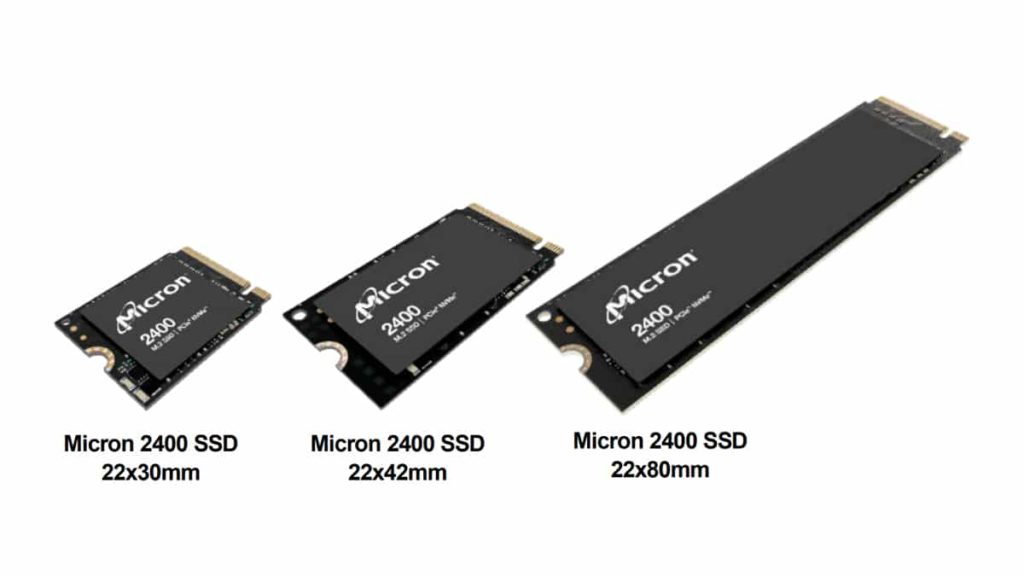Image: Micron
Micron has successfully developed the world’s first M.2 2230 NVMe SSD with 2 TB of storage space.
The memory giant shared the announcement in a press release published today, one that also confirmed the company’s initial shipment of the industry’s first 176-layer QLC NAND. Micron’s new 2 TB 2230 NVMe SSD is part of its new Micron 2400 SSD lineup, which leverages a PCIe Gen 4 interface for sequential read and write speeds of up to 4500 and 4000 MB/s, respectively.
“The Micron 2400 SSD is […] the world’s only 2TB 22x30mm M.2 SSD,” Micron confirmed in its press release before going on to explain the benefits of the smaller form factor compared to traditional M.2 2280 drives.
“This form factor shrinks the physical space required by 63% when compared with a 22x80mm M.2 form factor, providing design flexibility and making the drive ideal for small...
Continue reading...
